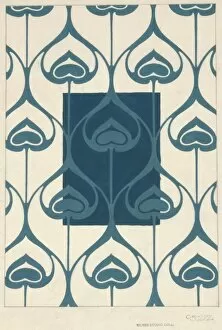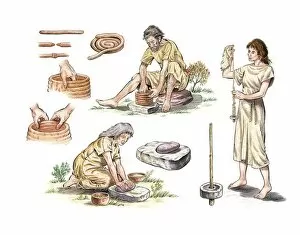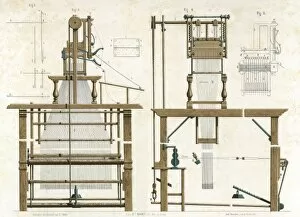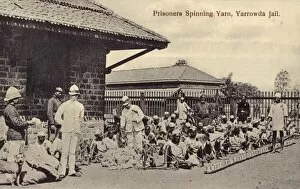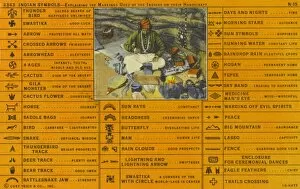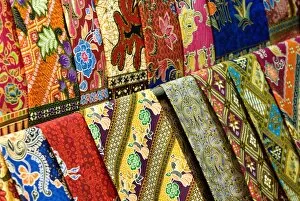Textiles Collection (page 100)
"Exploring the Rich Tapestry of Textiles: From Ancient Relics to Modern Craftsmanship" The Shroud of Turin
All Professionally Made to Order for Quick Shipping
"Exploring the Rich Tapestry of Textiles: From Ancient Relics to Modern Craftsmanship" The Shroud of Turin: A mysterious textile that has captivated believers and skeptics alike, believed by some to be the burial cloth of Jesus Christ. Paris, France: A fashion capital known for its exquisite textiles and haute couture, where designers weave their creativity into stunning garments. Bayeux Tapestry (1066-1077): Depicting scenes from the Battle of Hastings, this iconic textile offers a glimpse into medieval warfare and Norman conquest in Europe. Hand block printing at Crysede Island Works: Witnessing craftsmanship from the 1930s in St Ives, Cornwall, as artisans meticulously create intricate patterns on fabrics using traditional techniques. A Street Scene in Cairo: Charles Robertson's painting transports us to Egypt's bustling markets filled with vibrant textiles that reflect the region's rich cultural heritage. Muslim Prayer Carpet: An embodiment of devotion and artistry from Palestine, this intricately designed carpet serves as a sacred space for prayer in the Middle East. Cotton Dye Works: Unveiling the behind-the-scenes process of transforming raw cotton fibers into colorful fabrics through dyeing techniques perfected over centuries. Dressmakers Workshop: Stepping into a world where skilled hands bring fabric to life; witness seamstresses crafting garments with precision and passion. Building Ships in Preparation for War (Bayeux Tapestry): Normandy's historical tapestry showcases how textiles played a role even beyond clothing - aiding shipbuilding during times of conflict. Death of King Harold (Bayeux Tapestry): This poignant scene reminds us how they are immortalize history; an arrow piercing King Harold's eye forever etched onto fabric threads. Clash between Norman Cavalry and Harolds Foot Soldiers (Bayeux Tapestry).


